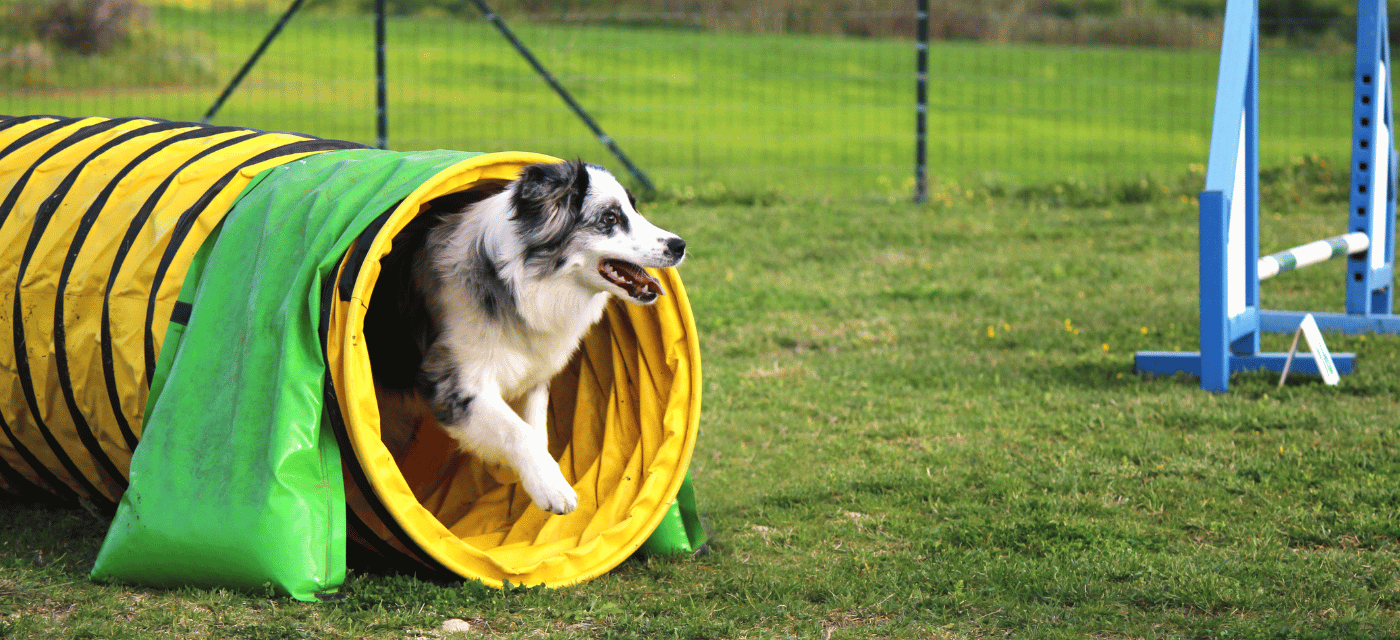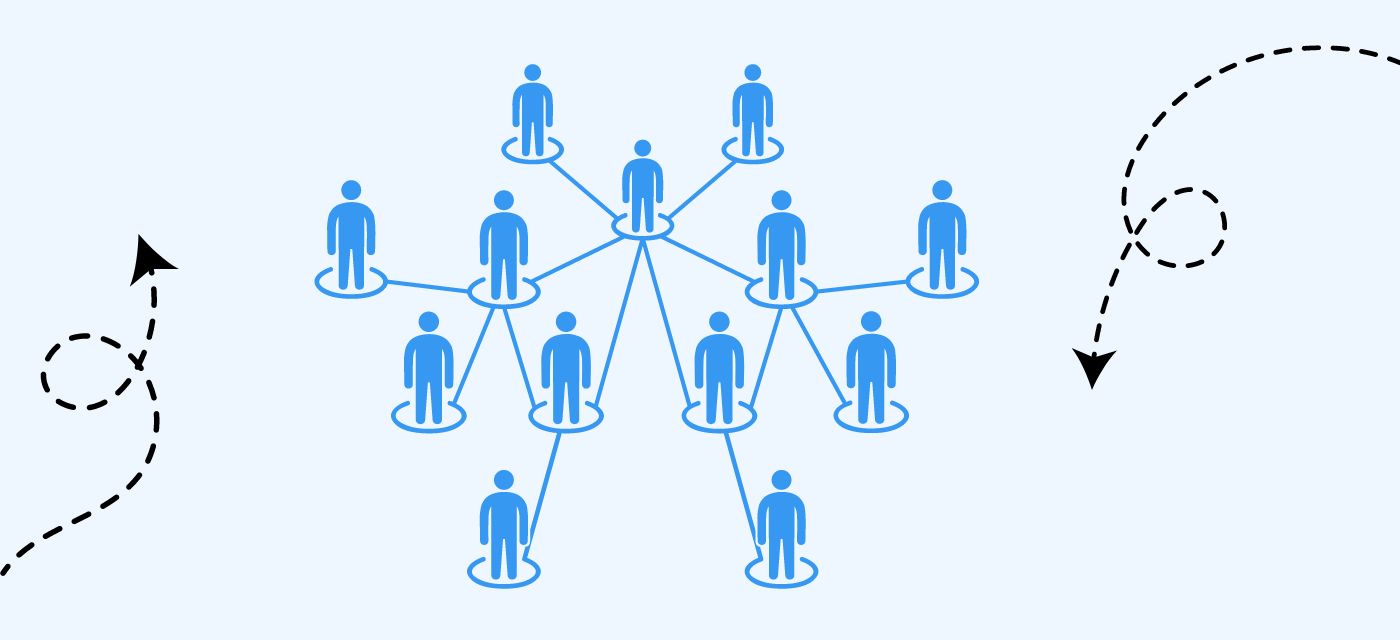There is an onus of responsibility on HR leaders to ensure that your organisation is taking care of its employees. One key area that is often overlooked is psychosocial safety, which refers to the psychological and social aspects of the workplace that can impact employee well-being and organisational performance.
In Australia, where enterprise-sized companies are a significant part of the economy, there has been growing recognition of the importance of psychosocial safety in recent years. The Australian government has even developed a national standard for psychosocial safety in the workplace, which provides guidance on how to create a safe and healthy work environment.
So, what is the impact of psychosocial safety on employee well-being and organisational performance? And how can you start to put controls in place to reduce the business risk for specific areas of psych safety?
Let’s take a closer look.
Employee well-being
Psychosocial safety is crucial for employee well-being. When employees feel safe, supported, and valued at work, they are more likely to be engaged and productive. On the other hand, when employees are exposed to psychosocial hazards, such as bullying, harassment, or excessive workload, they may experience stress, burnout, and other negative health outcomes.
Research has shown that psychosocial safety is linked to a range of positive outcomes, including reduced absenteeism, increased job satisfaction, and improved mental health. By prioritising psychosocial safety in your organisation, you can help your employees feel more supported and empowered, leading to better health and well-being.
Organisational performance
Psychosocial safety also has a significant impact on organisational performance. When employees are healthy and engaged, they are more likely to perform well and contribute to the success of the organisation. On the other hand, when employees are struggling with psychosocial hazards, they may be less productive, less committed, and more likely to leave the organisation.
Research has shown that psychosocial safety is linked to a range of positive outcomes for organisations, including improved job performance, increased innovation, and reduced turnover. By prioritising psychosocial safety in your organisation, you can create a culture of trust and support that fosters high performance and success.
How to mitigate psychosocial safety risk in your organisation using work design
So, how can you put controls in place to reduce the business risk for specific areas of psychosocial safety in your organisation? Safe Work Australia calls out work design as a strategy to mitigate these risks.
Here are some strategies to consider when prioritising psychosocial safety in an enterprise organisation using work design.
Analyse work demands
Analysing work demands can help identify potential psychosocial risks. Consider factors such as workload, work hours, work pace, and job control. For example, excessive workload, long hours, or lack of control can contribute to stress and burnout.
By using a work design platform like Beamible, key work demand metrics are captured in a snapshot that can be accessed at any time by team members and team leaders to help flag and manage risk factors. It can also be used to facilitate objective discussions about how to make changes to a role for long term sustainability, and then scenario plan those changes in-app.

Screenshot from the Beamible app showing key work health metrics in a current form of a role vs. a target version of a role.
Promote job autonomy
Giving employees more control over their work can help promote psychosocial safety. This can include providing opportunities for employees to make decisions, set goals, and prioritise tasks.
Work design platforms like Beamible (currently the only one of its kind) put employees in the driver’s seat for bottom-up role design by providing them with insights and visibility into the work that makes up their roles. This allows them to strategically prioritise work that drives impact, enjoyment or career progression (and stop or pause what doesn’t).
It also breeds a culture of trust and autonomy, as managers can trust their teams have the information they need to do more sophisticated prioritisation and decision making about their work.
Over time, this builds the ‘role design’ muscle which helps employees have more control of their own roles, while benefitting businesses with higher productivity and engagement rates.

Screenshot of a prioritisation screen where an employee can filter for work that is strategically important, energising, a specialist capability (or any other tag deemed ‘important.’) The remainder of the work can then be stopped or paused to reduce workload, or reallocated to another colleague who finds the work energising or a specialist capability.
Ensure clear communication
Clear communication is essential for promoting psychosocial safety. Ensure that job expectations, responsibilities, and feedback are clearly communicated to employees. Encourage open communication channels and promote a culture of respect and understanding.
One of the biggest ‘aha moments’ we hear from Beamible clients like this one is when initial roles are built in Beamible and managers have the first conversation with their teams. In almost every one-to-one conversation, a misalignment in expectations is uncovered and an opportunity for improvement is presented.
Usually there are bundles of work that the employee doesn’t think are important, but a manager does. In these scenarios, managers are able to be very clear on role expectations and refocus their people on the right work to drive the most impact.
Prioritise work-life balance
Ensuring a healthy work-life balance can help promote psychosocial safety. This can include offering flexible work arrangements, such as telecommuting, flexible schedules, and part-time work.
And doing flexible work well - at scale - doesn’t have to be difficult or complicated.
As an example, some Beamible customers have made the platform available on their internal intranet and invited employees who want to make changes to their role to propose modifications, opening up conversation between them and their managers for how a modified role may be accommodated.
It can also be used to understand the best mix of home vs office-based work in a hybrid arrangement by getting visibility into what work is best done where, then creating guidelines based on the data and insights that are extracted. It allows different people with different roles and needs to have a hyper-personalised flex experience that works for them and the business.

Want to learn more about psychosocial risk management in the workplace and how work design can help?
Book a demo ↗
--
Sources:
- National Standard for Psychological Health and Safety in the Workplace:
https://www.safeworkaustralia.gov.au/doc/national-standard-psychological-health-and-safety-workplace - Stansfeld, S. A., & Candy, B. (2006). Psychosocial work environment and mental health—a meta-analytic review. Scandinavian Journal of Work, Environment & Health, 32(6), 443-462. https://doi.org/10.5271/sjweh.1050
- Dollard, M. F., & Bakker, A. B. (2010). Psychosocial safety climate as a precursor to conducive work environments, psychological health problems, and employee engagement. Journal of Occupational and Organizational Psychology, 83(3), 579-599. https://doi.org/10.1348/096317909X470690
- LaMontagne, A. D., Keegel, T., Louie, A. M., Ostry, A., & Landsbergis, P. A. (2007). A systematic review of the job-stress intervention evaluation literature, 1990-2005. International Journal of Occupational and Environmental Health, 13(3), 268-280. https://doi.org/10.1179/oeh.2007.13.3.268
- Karasek, R. A., & Theorell, T. (1990). Healthy work: Stress, productivity, and the reconstruction of working life. Basic Books.
- Bakker, A. B., & Demerouti, E. (2007). The job demands-resources model: State of the art. Journal of Managerial Psychology, 22(3), 309-328. https://doi.org/10.1108/02683940710733115





